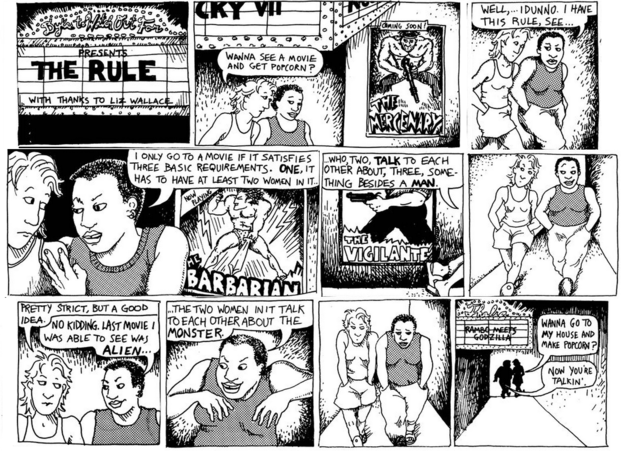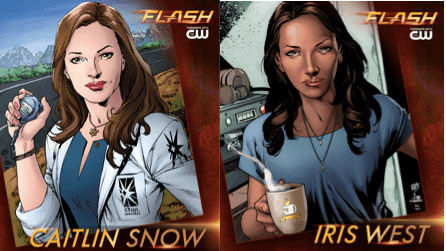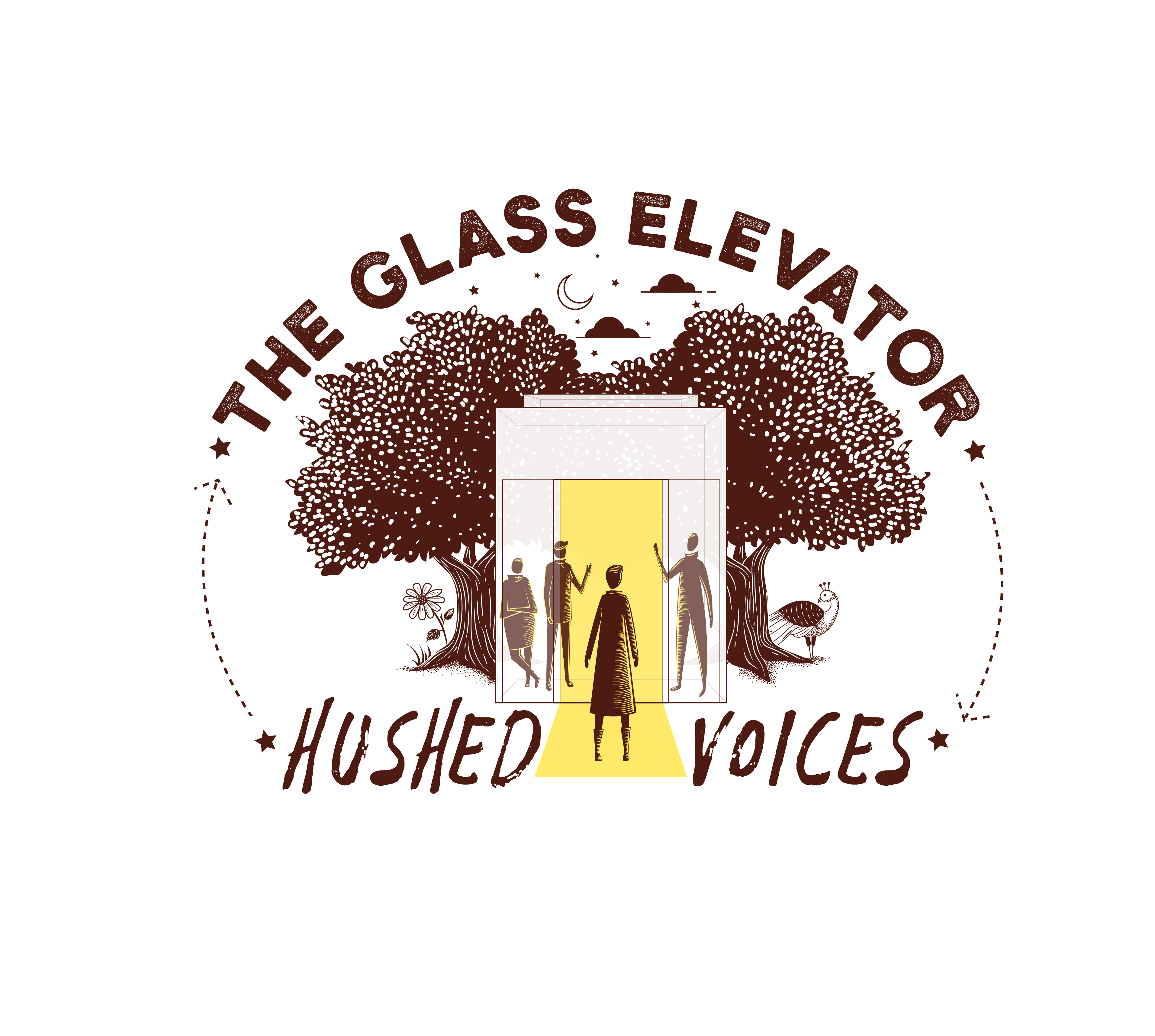A few days ago, on Facebook, I noticed that a friend had shared this Buzzfeed quiz that had been doing the rounds. As I scrolled through the quiz, my heart sank. It wasn’t that the quiz was necessarily telling me something that I didn’t already know. It was in fact, reaffirming what I already knew, powerfully. The place of women in the superhero-fiction universe has always been a contentious one. Growing up, I was hooked to early television and cartoon versions of crime-fighting superheroes. While I was never truly a comic-book nerd, preferring the more dynamic, televised versions to its paper counterparts, nevertheless, my imagination soared everytime these new worlds opened up. Indisputably, I never did find a woman at the heart of any of these stories, let alone, a woman of colour like me. It was always Super-man, Bat-man, Spider-man. Watching Marvel’s Avengers: Age of Ultron earlier this year, I wasn’t sure if things had changed much after all these years.

The genre of superhero-action flicks has a very limiting set of parameters for female characters in general. Women are sprinkled in between crowds of hyper-masculine heroes fighting for screen space. They are expected to look a particular way; their bodies are visualized in a standard voluptuous manner with narrow waists and large breasts; they are very often white or pale skinned and while they may be intelligent and independent thinkers, their primary role as providers of glamour certainly supersedes this.

There are multiple issues here – one, a basic measure of female representation in superhero franchises- are there enough women and who are these women? Are they seen as capable aides, with their own sense of individuality or agency or are they treated as damsels in distress who serve more to showcase the hero in a better light than grab any spotlight themselves? In most such franchises, women tend to assume opposite ends of an unwieldy binary- either they are relegated to roles of mother- wife-romantic interest (strictly in a heteronormative sense) or are seen as vamps, promiscuous women who wreak havoc with their supernatural powers and lethal sexuality.
The role of the trusty female aide who traverses the length from professional-sidekick to romantic interest is indeed popular in this genre, but lack of strong scripts and flat unidimensional characterization render these women mere caricatures, as good as forgotten by the end of the show.
American cartoonist Alison Bechdel also considers the link between these female characters and their sense of agency and independence. The Bechdel test itself asks three basic questions- Does the film have at least two women? Do they talk to each other? And if so, is there conversation about something other than men?

Let’s give this a second thought. While Bechdel’s test is supposed to highlight the pervasive gender bias in Hollywood cinema, through the lens of representation, it runs the risk of being rather simplistic. A film could fulfill the parameters of the test but the characters could still subscribe to patriarchal constructions. Alternately, a movie could have two female characters who are strong, well-rounded and transgress the boundaries of gender norms, but may never interact. How do we measure such movies? The test is by no means a foolproof assessment, merely a tool to start a conversation. But we need to find more such perspectives that capture the intricate nuances of representation in film and other visual mediums.
With these thoughts, I set off on my search for the elusive diamond-in-the-rough on TV/silver screens today and two American shows in particular caught my attention.
The first is CW’s The Flash – full disclosure here, I am a fan of the show for multiple reasons and have been following since its pilot in 2014. The show currently, in its second season has two female leads and three female recurring characters. Dr. Caitlin Snow, a brilliant bioengineer, is a key member of Team Flash, using her sharp acumen in genetics, biophysics and bioengineering to solve complex problems and keep the Flash and the citizens safe. Caitlin’s character is portrayed as one with solid presence of mind and a cool rational head that helps her cope with the loss of her fiancé, whilst keeping her driven, ambitious and on par with her male colleagues in the laboratory. Iris West, the hero’s childhood sweetheart, is fast growing to be more than that, proving her prowess as a capable journalist yet with an emotional intensity that helps her assume the role of the conscience of the Flash in some sense. We see these two characters interact with each other, beyond just being well-wishers of the protagonist, sharing information about ongoing cases, discovering new things together and in one episode, even taking on a form-shifting villain together. Supporting characters like Linda Park, the journalist and Patty Spivot, the detective add interesting dimensions as they are seen supporting one another, competing with one another intellectually and even coming to each other’s rescue when facing evil characters. Furthermore, a prime female villain by the name Golden Glider a.k.a Lisa Snart strikes a refreshing dynamic, moving beyond just her sexuality to adopt a complicated unconventional “evil” against the “good” of Caitlin Snow. The show uses these characters not just to further the plot but also add emotional depth by bringing up issues like loss, abuse, family ties, professional competition etc. These female characters, who are, interestingly, all racially diverse, no longer remain one dimensional, but more complex, more humane.

The second is CBS’ Supergirl, incidentally from the same production company as The Flash (Berlanti Productions). At the heart of Supergirl is a story of two sisters- Kara Danvers (Kara Zor-El or Supergirl) and her foster sister Alex. Kara, sent from Krypton to Earth, finds herself living the mundane life of a 24 year old, though secretly craving excitement. Writers have kept her character young, bright, fresh-faced, typical to the age and economic class she is said to belong to, to ensure that she is relatable, yet has a lot of heart. Casting two men as her “side-kicks” and conscience-keepers also makes for an interesting role reversal. In comparison, her sister Alex Danvers, a gifted scientist, trained in combat takes on the role of her “Yoda”, intelligent in her own right but with human insecurities. The big villain of the show this season is also revealed to be a woman, Kara’s aunt, who threatens world (well, universe) domination. Supergirl having premiered last month, is still unraveling (now in its third episode), but the show is already showing signs of defying the boundaries of the superhero genre. It adopts a female lead to play the superhero and uses all female relationships (sisters and aunt-niece) as the main hook of the plot. We find Kara and Alex discussing everything from roughing it out in the big city as a woman to realizing one’s true potential to unlocking the superhero within.

While both shows adopt slightly different approaches to how its women are treated, they are opening up a new way of making women part of the story, in an industry where profit margins and female leads don’t form a stable equation.
And, why is this important? In the next five years alone, there are 30 films and more TV shows slated for release from production houses like DC, Marvel, Sony etc. put together. Going by records in the past five years, one can safely say these will go on to be big money-spinners at box offices in Hollywood and around the world. Their audiences occupy a wide range, from young children to seasoned adults who have been following the series over decades. Finally, the ability of these characters to fly off TV screens and film screens right into comic book pages and toys and other merchandise makes this genre so vast in its reach, unlike others. There are slow changes in how the parameters of the genre are being reworked. Partly, it is tied with how women in these shows perform their femininity; in some cases even challenging the traditionally superior masculinity of the male superhero with their acumen, their grit and their gumption. They are no longer the infantilized or the romanticised, the care-givers or the ones to be cared for. They are heroes in their own right, that fans are rooting for, grabbing their bit of action, their bit of glory. I’m cautious but optimistic, Alison Bechdel, what about you?
Article by Prashanthi Subramaniam


How many films did she watch in the end?
LikeLike